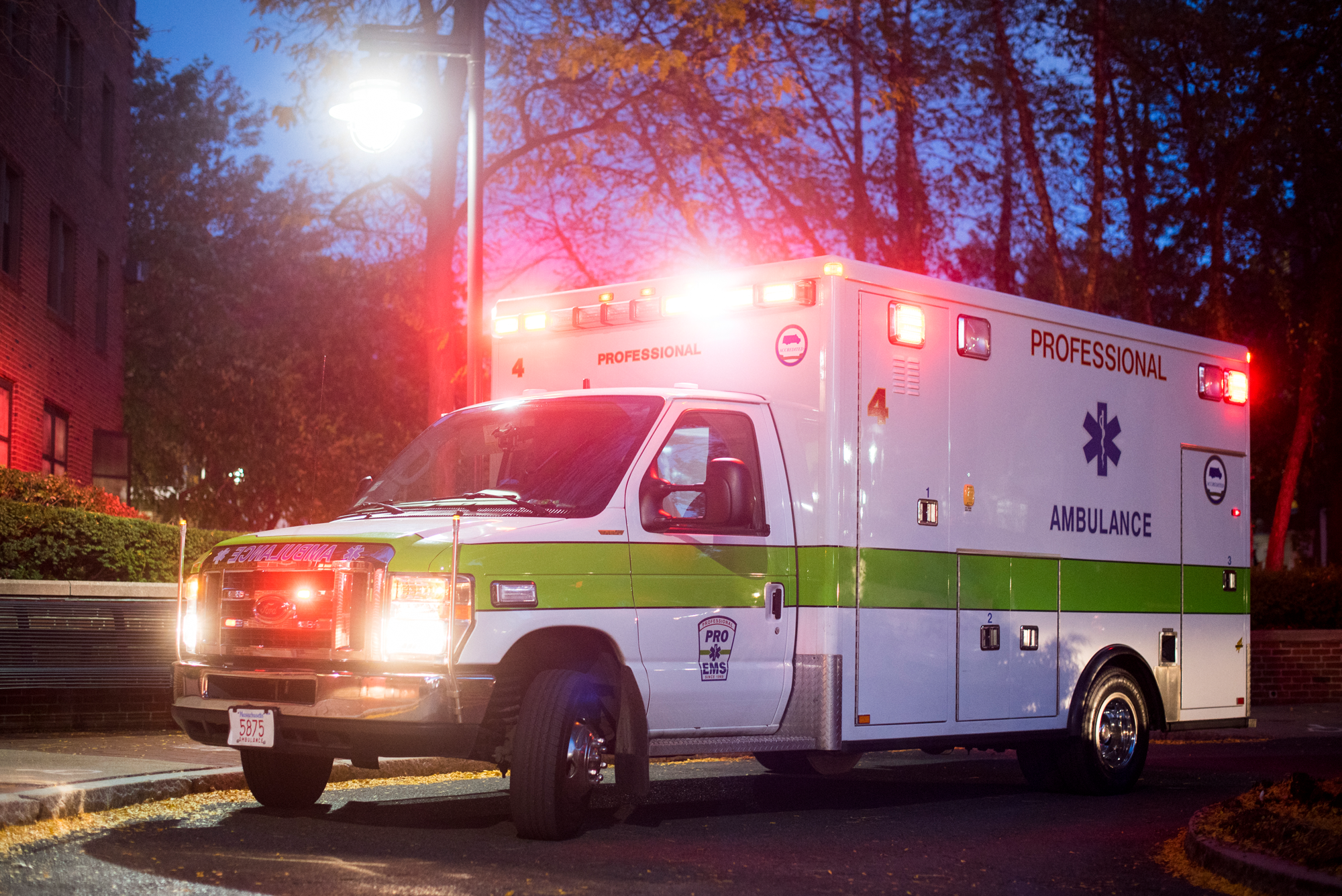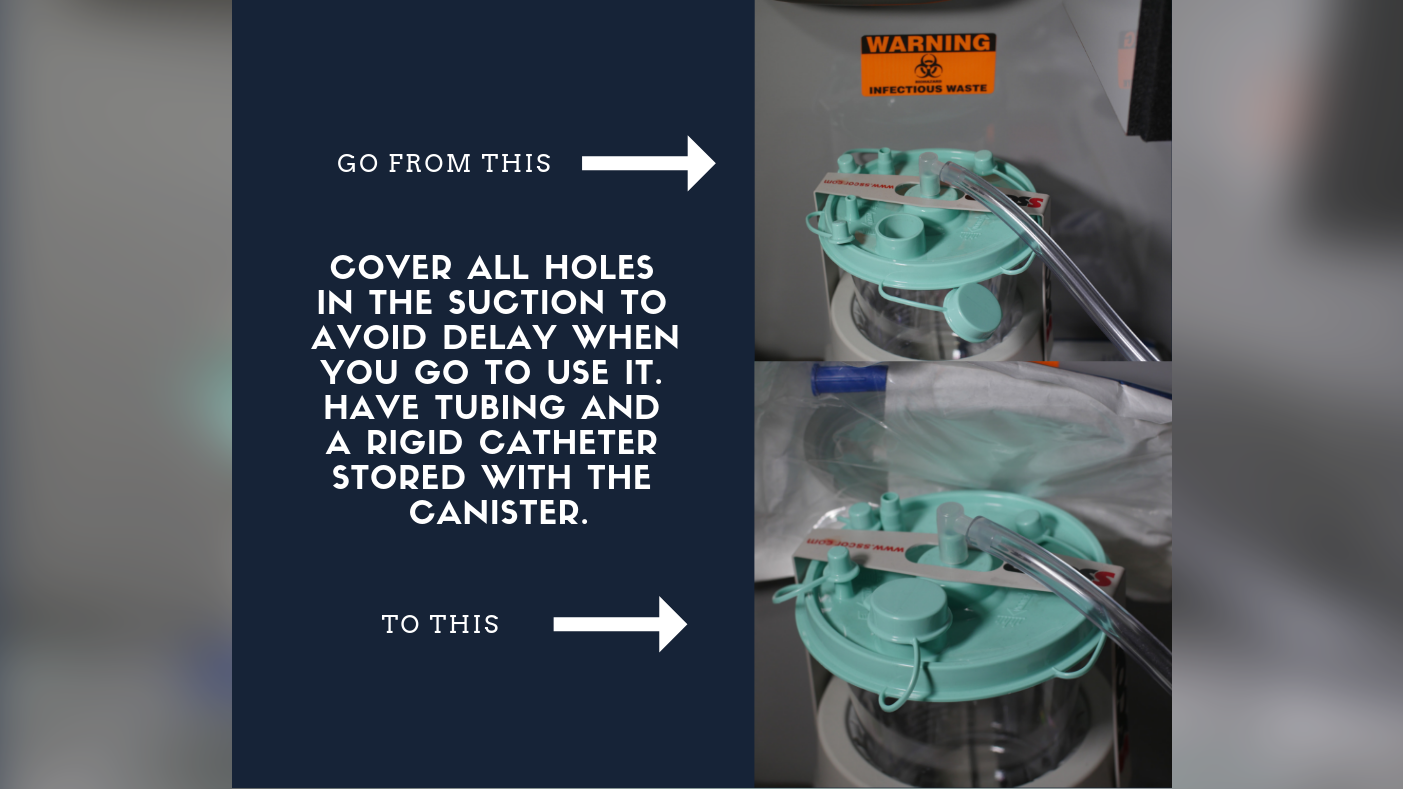The bougie is one of the most powerful and versatile airway tools in our toolbox, hopefully by now everybody has at least trained on one. There are a few
Airway success isn't about getting a piece of plastic in someones throat, but about successfully managing an airway without creating additional harm. Knowing this, our focus should be on first pass success and this is something the bougie does well. By following some of the advice below and taking the time to practice, you will be equipped to provide better airway management.
1. Don't Preload
This one may be more opinion but hear me out. By preloading, you certainly make your work quicker and eliminate the need for a second person (not to mention it looks way cooler) but you eliminate two of the features the bougie provides. If you are preloaded, you are not able to manipulate the bougie as well which is a requirement when trying to intubate with an epiglottis view only(Grade 3). You also lose the ability to check for secondary confirmations such as tracheal clicks and hold up which would require you to insert the bougie further than you can with the tube on. Instead, either utilize a second provider or remove the top of the ET package and leave bougie where you can reach.
2. Keep the Blade in
This is a mistake we see commonly even among those experienced with the bougie. If you remove the blade, the weight of the tongue can deform the bougie and make it difficult to pass the tube. The blade stays in until the tube is passed.
3. Add a Bend
The tip of the bougie is bent to facilitate a grade 1/grade 2 airway (at least some view of the glottic opening) in an average person. If you have a patient with an anterior airway or only have a view of the epiglottis, put a 60-degree bend a few centimeters above the tip. This bend will help the bougie track above and behind the epiglottis and into the glottic opening.
4. Turn the Tube
While placing the tube over the bougie, you may feel the bougie get hung up. This
5. USE IT!!
This might seem like the most obvious tip, but use the bougie on every airway. We know it helps with first pass success so using it will only help your patient and make you more proficient with the device when the time comes to use it on a difficult patient.
CONCLUSION
The bougie is such a great tool and is widely available but not always considered. Use the above tips, practice, and your own clinical experience to formulate a plan for when an airway is difficult. By changing our mindset of success to




.png)
Post a Comment